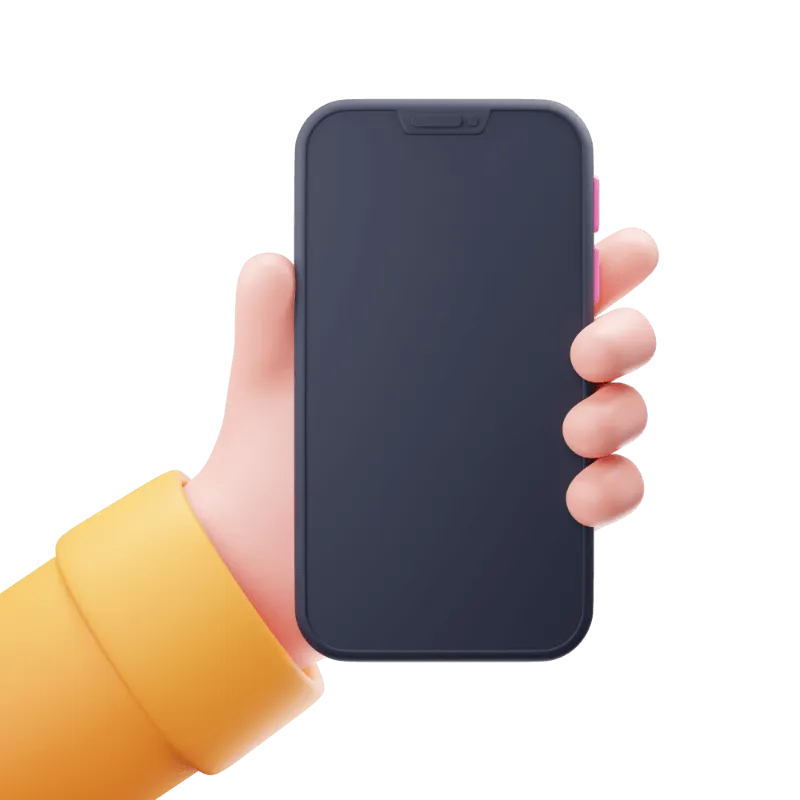
Existing member? Log in and continue learning

See if you like it, start the course for free!

Unlock full course by purchasing a membership
Styling and Refinements
Styling and Refinements
The application is mostly done now, all we have left to do is a few final refinements and style tweaks.
Adding Delete Functionality
Once again, we are going to use the same strategy as we did in Quicklists to delete photos from this application. We will add a method to support deleting and then trigger that delete using sliding list items.
However, there is one interesting aspect to this and that is: in the case of the
application running natively, the photo will be stored in the native
filesystem. We can just delete the entry from our StorageService using the
Ionic Storage API, but that would only remove the path to that photo. The photo
itself will still exist on the device (we can just no longer access it). To
properly clean up after ourselves, we are going to again use the Filesystem
API to remove the photo on the device if it exists.
remove$ = new Subject<string>(); this.remove$ .pipe( concatMap((name) => { if (this.platform.is('capacitor')) { return from( Filesystem.deleteFile({ path: name, directory: Directory.Data, }), ).pipe( catchError(() => EMPTY), map(() => name), ); }
return of(name); }), takeUntilDestroyed(), ) .subscribe((name) => this.photos.update((photos) => photos.filter((photos) => photos.name !== name), ), );This is similar in concept to our add$ reducer. Our remove$ source will be
triggered with the name of the photo. If we are not running natively then we
just simply pass that name through our concatMap by returning a stream of
the name value.
If we are running natively, we create a stream that emits once the deleteFile
call resolves, and then we map that back to the name of the photo so that we
can still do our normal clean up where we also remove that particular photo from
our local state.
Now we are going to modify our PhotoListComponent to use sliding list items
and to emit an event when an item is selected to be deleted. Remember that we
want to handle the actual deletion in the parent HomeComponent file which is
why we will create a delete output on our dumb component, rather than just
having the dumb component delete the item directly (because then it wouldn’t be
a dumb component anymore!).
delete = output<string>();I will paste the code for updating to use the ion-item-sliding component
in just a moment. However, this would be a good exercise if you want to try and
do it for yourself (it is the same as what we did in the Quicklists
application). Use the ion-item-sliding component (refer to the documentation
if you need) to add a button beneath the photo items. Also trigger the delete
output that we just added when this button is clicked.
Click here to reveal solution
Solution
<ion-list lines="none"> @for (photo of photoList(); track photo.name) { <ion-item-sliding> <ion-item> <img [src]="photo.safeResourceUrl" /> <ion-badge slot="end" color="light"> {{ photo.daysAgo }} </ion-badge> </ion-item> <ion-item-options side="end"> <ion-item-option (click)="delete.emit(photo.name)" color="danger"> <ion-icon name="trash" slot="icon-only"></ion-icon> </ion-item-option> </ion-item-options> </ion-item-sliding> } </ion-list>Thanks for checking out the preview of this lesson!
You do not have the appropriate membership to view the full lesson. If you would like full access to this module you can view membership options (or log in if you are already have an appropriate membership).